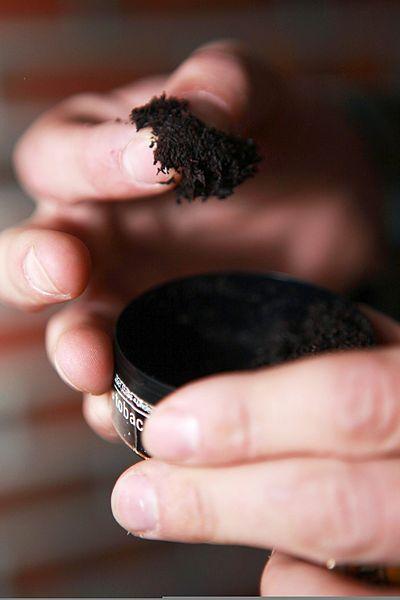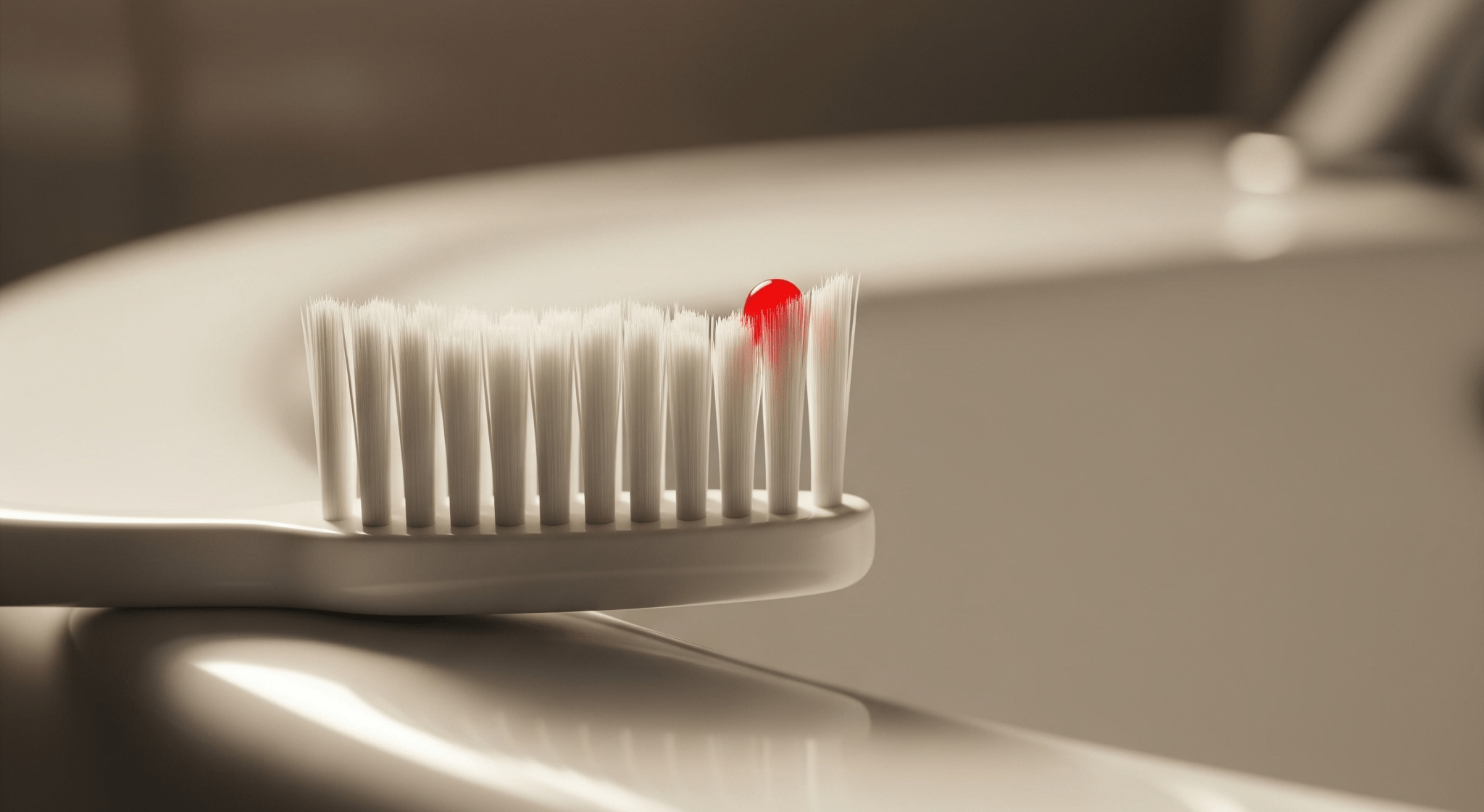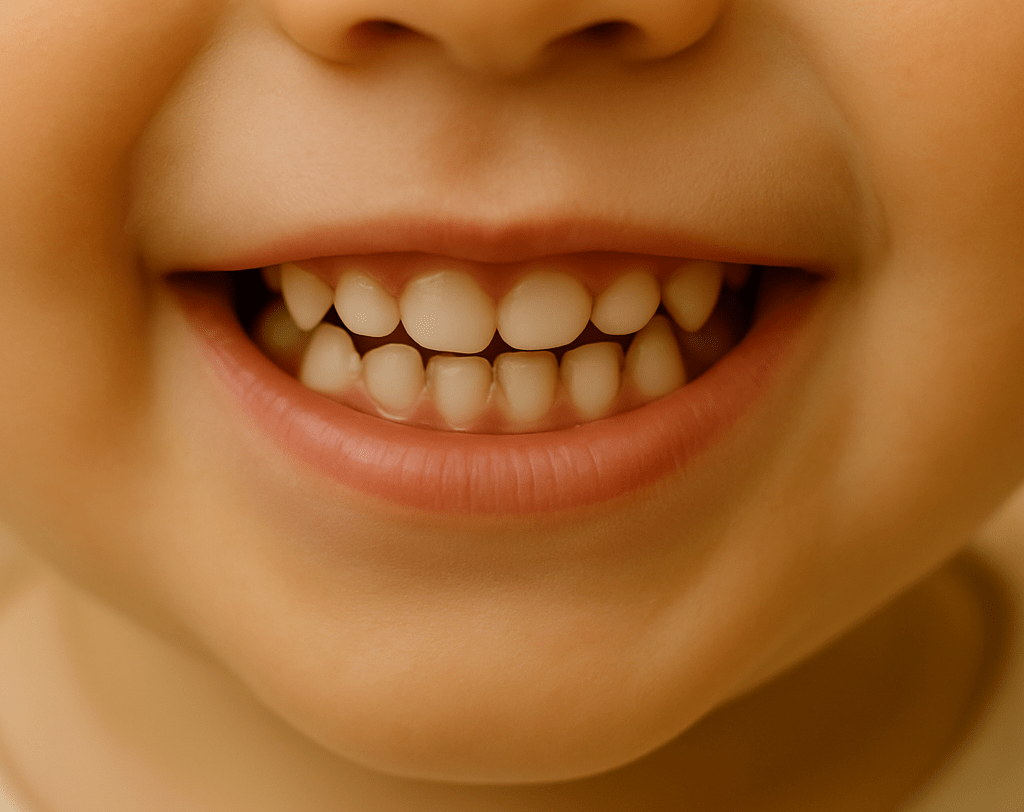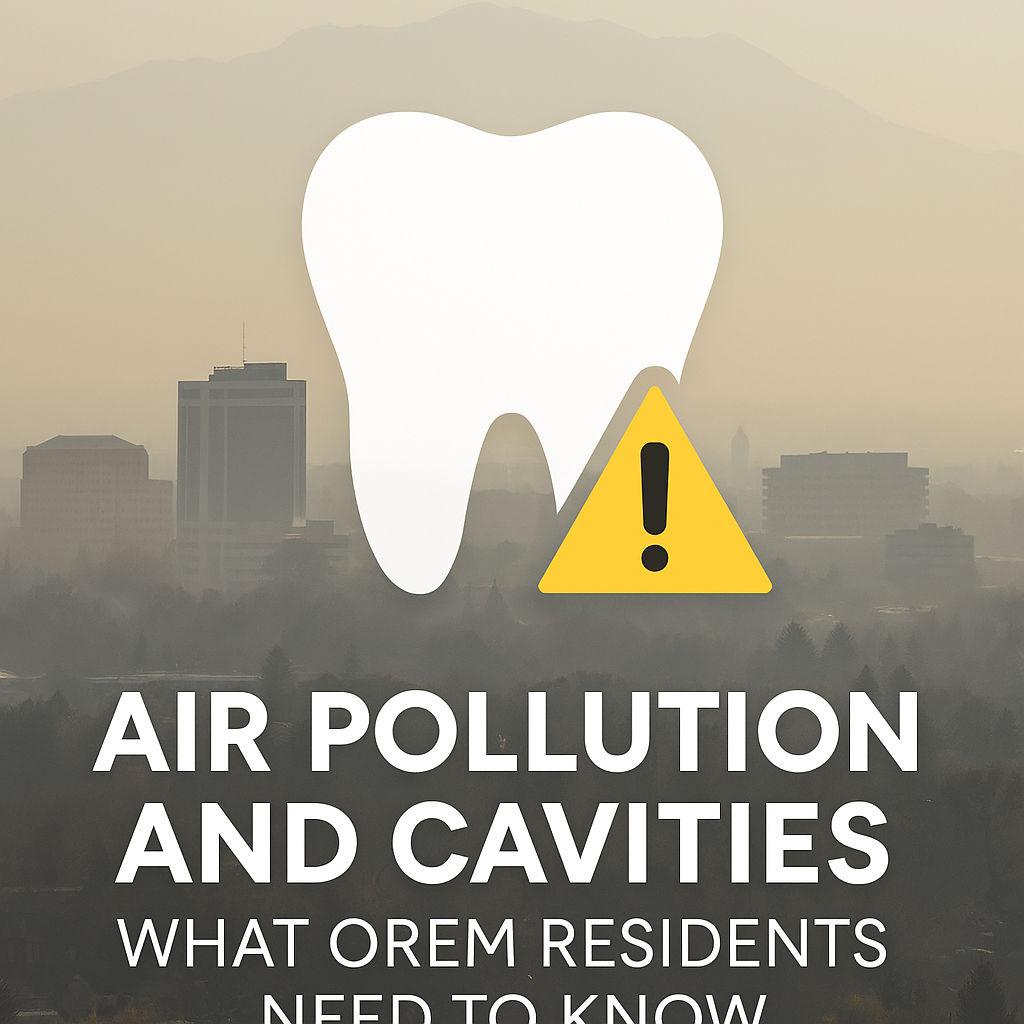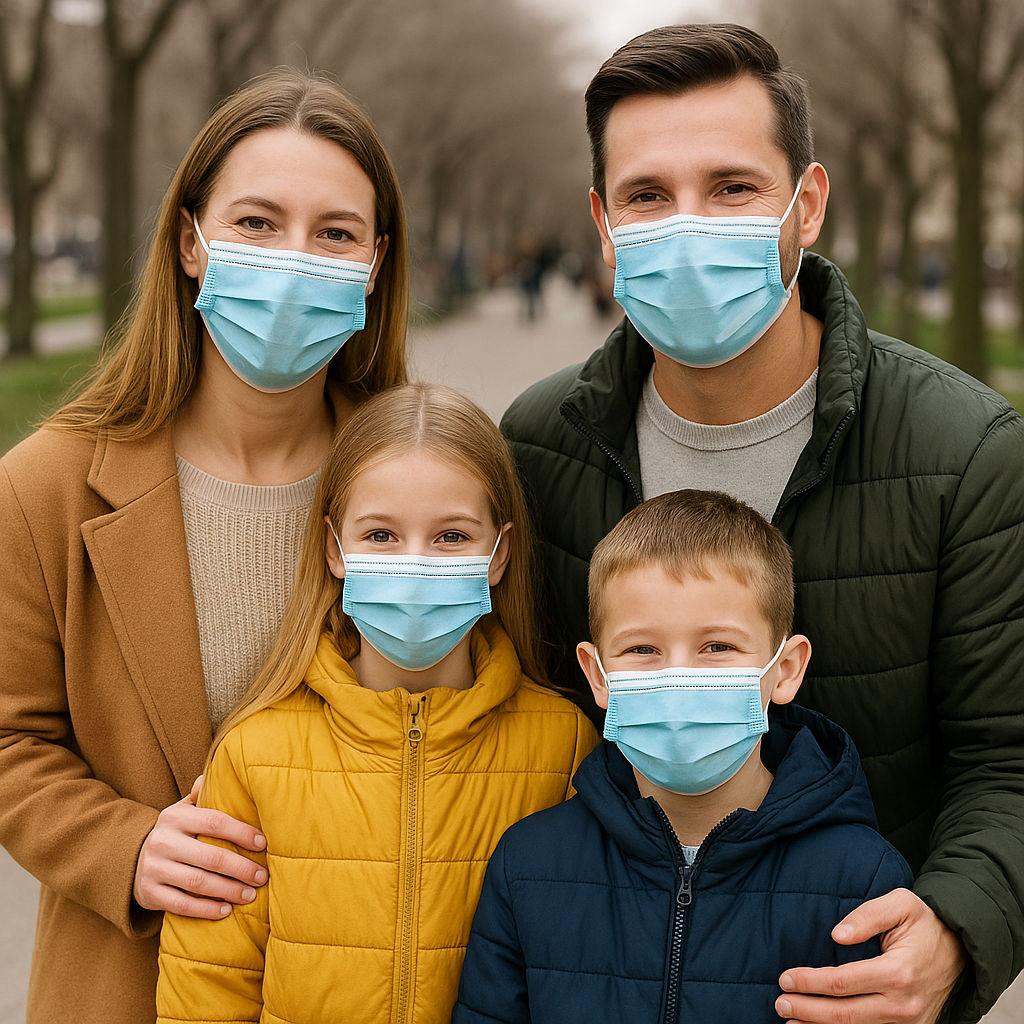Blog Highlights:
- Instead of smoking cigarettes and cigars, some people prefer to chew tobacco
- Smokeless tobacco can be classified as chewing tobacco or snuff
- Using smokeless tobacco can cause a wide array of dental problems
- In many countries, smokeless tobacco is considered as a safer alternative to smoking
- Smokeless tobacco is also used to help smokers quit
Instead of smoking tobacco in the form of cigarettes or cigars, some people prefer to chew tobacco or use dips, chews, snuff, oral tobacco, or spitting tobacco. These are all known as smokeless tobacco. There are two basic types of smokeless tobacco, these are:
- Chewing tobacco – These are made from long strands of loose leaves, twists, or plugs of tobacco.
- Snuff – These are finely ground tobacco which can be purchased in pouches or cans. These are available in dry or moist form.
Using smokeless tobacco can have a lot of negative effects which includes the following:
- Bad breath
- Teeth stains
- Teeth discolorations
- Wearing down of the teeth
- Gum disease
- Tooth loss
- Tissue and bone loss near the roots of the teeth
In many countries, smokeless tobacco is marketed as a way that can help people quit smoking. It may even be sold as a healthier alternative to smoking. In truth, quitting is the only way for smokers to decrease their risk for tobacco-related health issues.
For smokers who need help quitting, you can get more information at the American Cancer Society’s Guide to Quitting Smokeless Tobacco.

